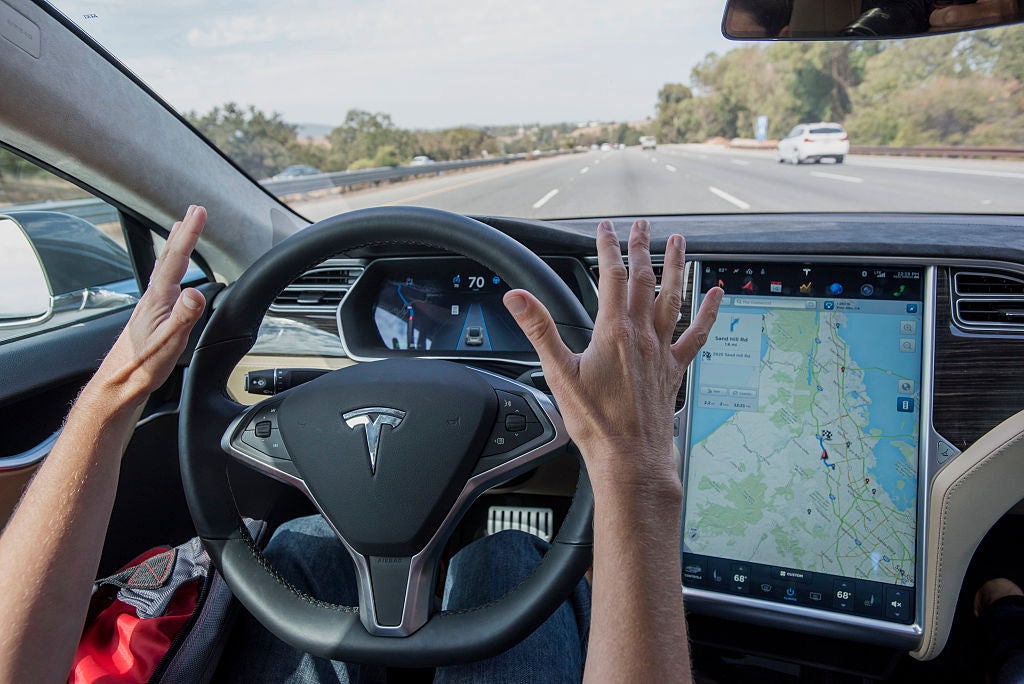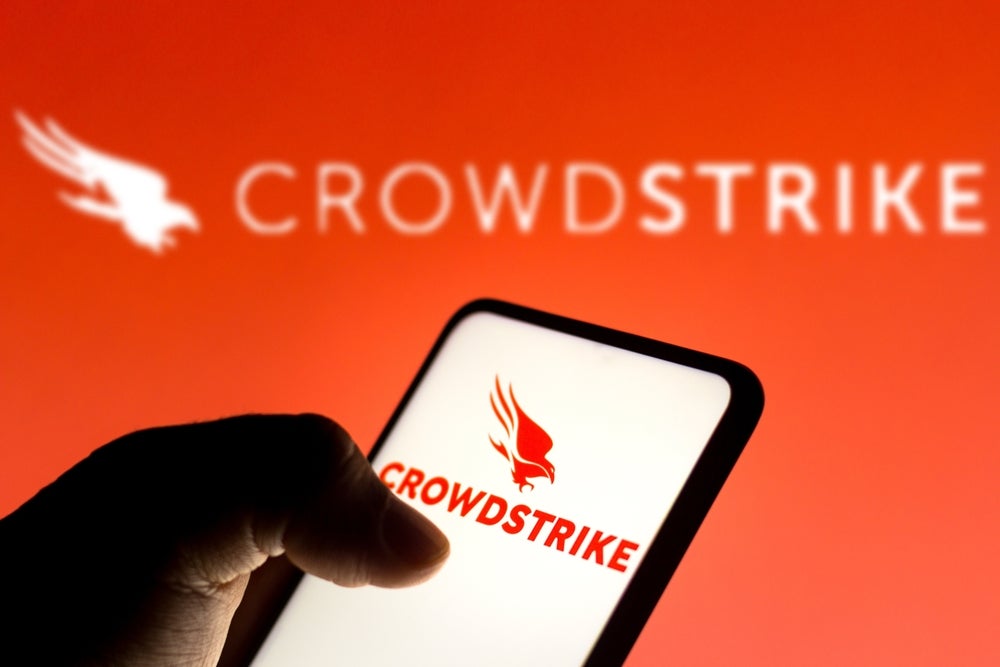
Tesla announced on Saturday (20 April) that it had cut the price of its Full Self-Driving driver assistant software from $12k to $8k in the US. The move comes as CEO Elon Musk reaffirmed his commitment to making self-driving technology a significant revenue source for the company.
Musk announced, in March, that Tesla would unveil its new robotaxi on 8 August, following a Reuters report that Tesla had cancelled its mass-market car to make way for the robotaxi release.
Musk has been working on achieving fully autonomous driving for years, but the technology has consistently run into legal concerns.
Tesla cut its US monthly subscription for its self-driving technology last week from $199 to $99.
Although Tesla describes its technology as autopilot and full self-driving, the company said all its vehicles require active driver supervision.
Tesla drivers are some of the most accident-prone in the world, according to an analysis of 30 car brands by LendingTree. The analysis found that Tesla drivers had more accidents than drivers of any other brand studied.
How well do you really know your competitors?
Access the most comprehensive Company Profiles on the market, powered by GlobalData. Save hours of research. Gain competitive edge.

Thank you!
Your download email will arrive shortly
Not ready to buy yet? Download a free sample
We are confident about the unique quality of our Company Profiles. However, we want you to make the most beneficial decision for your business, so we offer a free sample that you can download by submitting the below form
By GlobalDataGlobalData’s Thematic Research: Autonomous Vehicles (2023) report stated that the path to Level 4 autonomous vehicles and above “is likely to be slow”.
The key difference between level 3 and 4 autonomy is that level 4 self-driving cars can intervene if there is a system failure or things go wrong without needing any human interaction.
The difficulty of commercialising autonomous vehicles has been one of the biggest hurdles to the industry’s progression.
“The early hype in expectations, which lasted from approximately 2015 to 2020, has given way to far more realistic positioning as the wide range of challenges to full commercial deployment becomes clearer,” according to the report.
Level 5 autonomy relates to self-driving cars that do not require human interaction—meaning that when they’re eventually deployed, they won’t have steering wheels or pedals.
“It is reasonable to assume, however, that a Level 4 vehicle newly launched in 2035 will be substantially superior to one launched in 2025, so the path towards Level 5 is likely to be gradual,” it added.





